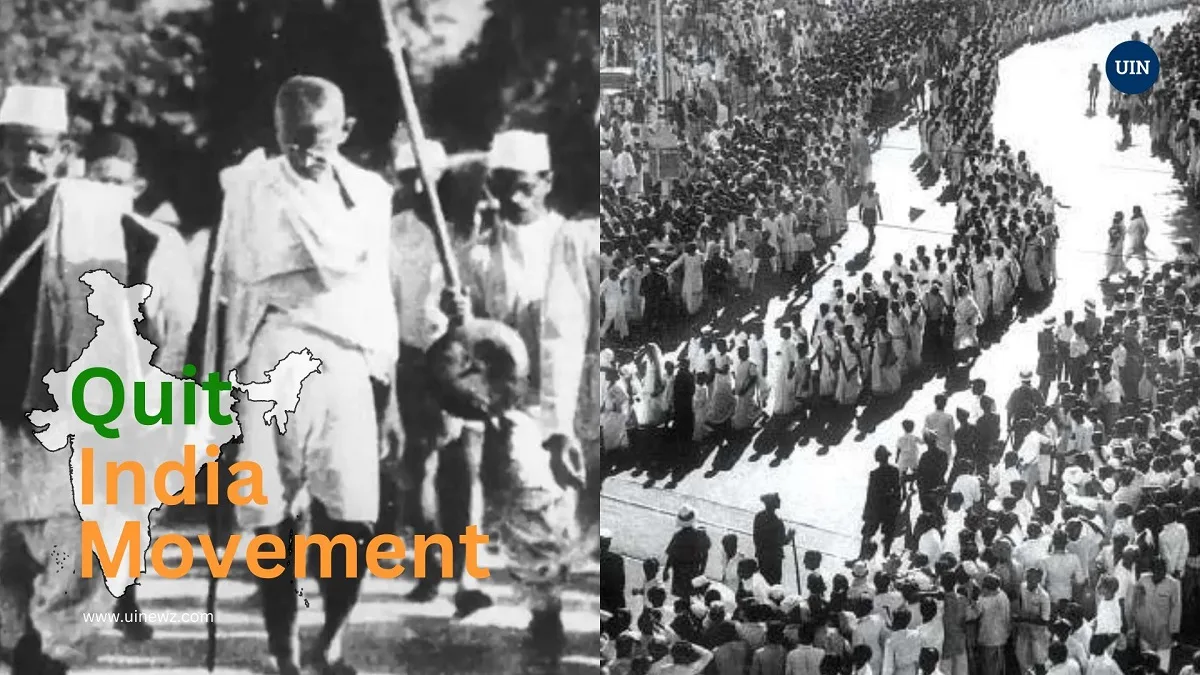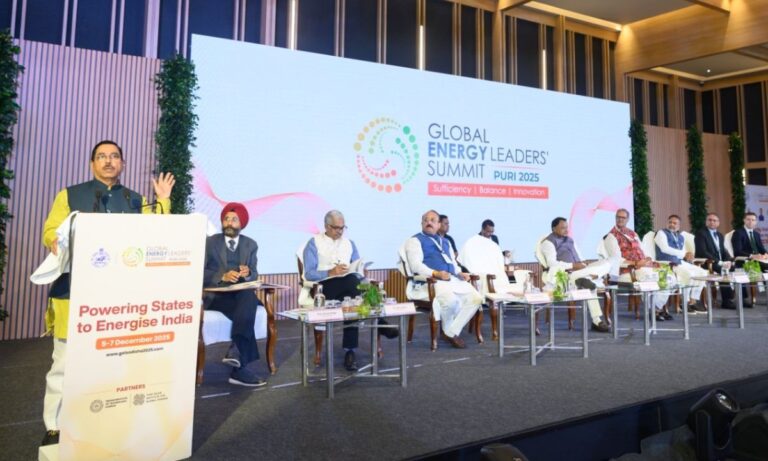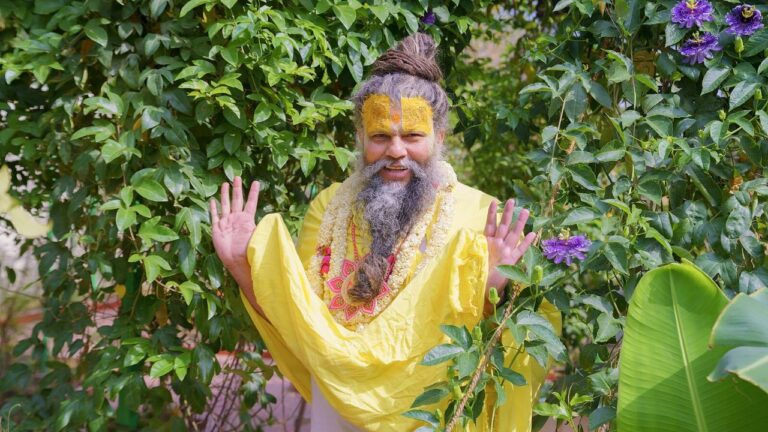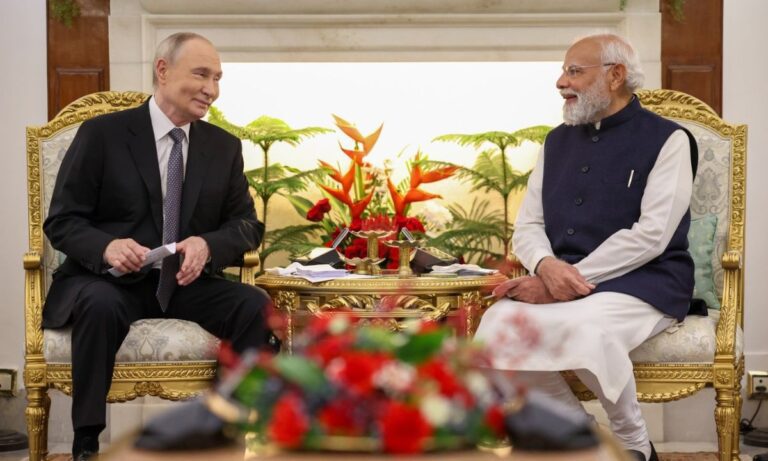
Quit India Movement: India's March Towards Freedom
As we commemorate the 81st anniversary of the Quit India Movement in 2023, it’s essential to revisit this momentous chapter in India’s struggle for independence. Launched by Mahatma Gandhi and the Indian National Congress on August 8, 1942, the Quit India Movement, also known as the August Movement, aimed to bring an end to British colonial rule in India.
It was a pivotal moment in India’s fight for independence from British colonial rule, characterized by non-violent resistance, mass mobilization, and unwavering determination. The movement’s resonating impact on the collective consciousness of the Indian people makes it a timeless tale of courage, sacrifice, and unity.
As we dive into the heart of history, let us travel back to the fateful year of 1942, when the clamour for freedom rang louder than ever.
Table of Contents
Seeds of Discontent
By the early 1940s, India had endured decades of British rule, resulting in simmering discontent and growing calls for independence. The failure of the British Raj to address the aspirations of the Indian populace ignited a fervour for self-governance that was spreading like wildfire across the nation. The stage was set for a defining moment that would alter the course of history forever.
The Quit India Movement, also known as the August Kranti, was the culmination of decades of relentless struggle against British colonialism. The 1920 Non-Cooperation Movement, the Civil Disobedience Movement and the Dandi March of 1930 were all stepping stones leading up to this defining moment. The nonviolent and peaceful protests during these movements had stirred the conscience of the nation, but with the flames of freedom smouldering in the hearts of millions, the time had come for more decisive action.
The Spark of Revolution
On August 8, 1942, in the throes of World War II, Mahatma Gandhi issued a clarion call to “Quit India” in his Quit India speech. The seminal address declared an end to the policy of appeasement towards the British rulers, urging every Indian to rise as one and demand the immediate withdrawal of the colonial power from the subcontinent. Gandhi’s words were a battle cry, infused with the passion and determination that had come to define the Indian independence struggle.
With the iconic slogan, “Do or Die,” Gandhi inspired a new generation of freedom fighters to rise against injustice, colonization, and oppression. A tidal wave of protest and civil disobedience swept through the nation, engulfing every corner in a fervour for liberation.


The Spirit of Sacrifice
The Quit India Movement was unlike any previous struggle for independence. It was an all-encompassing movement that saw people from all walks of life participate with unwavering zeal. Students left their classrooms, lawyers abandoned their courtrooms, and farmers left their fields, all united in their demand for freedom.
While nonviolent protests remained at the core of the movement, the British administration responded with brute force and repression. Thousands were imprisoned, and countless lost their lives, yet the spirit of sacrifice never waned. The martyrdom of freedom fighters such as Bhagat Singh, Rajguru, Sukhdev, and countless others ignited a sense of righteousness that only strengthened the resolve of those fighting for a free India.
The Turning Point in History
The Quit India Movement marked a significant turning point in India’s struggle for independence. It laid bare the British administration’s inability to maintain control over a resolute and unified nation. The movement posed a challenge on multiple fronts, forcing the British to divert considerable resources and attention from the ongoing World War II to quell the uprising.
The British government, overwhelmed and facing growing international pressure, finally realized that India could no longer be held under the shackles of colonial rule. The seeds of doubt regarding their ability to maintain imperial authority were sown, hastening the process of India’s emancipation.
The Path to Freedom
Though the Quit India Movement did not result in immediate independence, it succeeded in shaking the very foundations of British rule. It brought the Indian National Congress to the forefront of the freedom struggle and firmly established the principles of self-rule and independence as non-negotiable demands. As the movement subsided, the idea of an independent India became an inevitable reality that could no longer be ignored.
Conclusion
The Quit India Movement stands tall as a symbol of unity, sacrifice, and unwavering determination in the face of adversity. It epitomizes the power of collective action and the strength that can emerge from the heart of a nation united under a common cause. The fire of freedom, ignited during those tumultuous days, ultimately led India towards independence on August 15, 1947.
Even today, the Quit India Movement serves as a poignant reminder of the transformative power of people’s movements and their ability to shape the course of history. It is a beacon of hope and inspiration for all who cherish liberty and equality, reminding us that the quest for freedom is a universal struggle that knows no boundaries. As we commemorate this historic chapter, let us renew our commitment to uphold the values that spurred millions to shout in unison, “Quit India.”
Watch: Quit India Movement Footage






